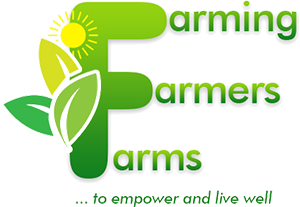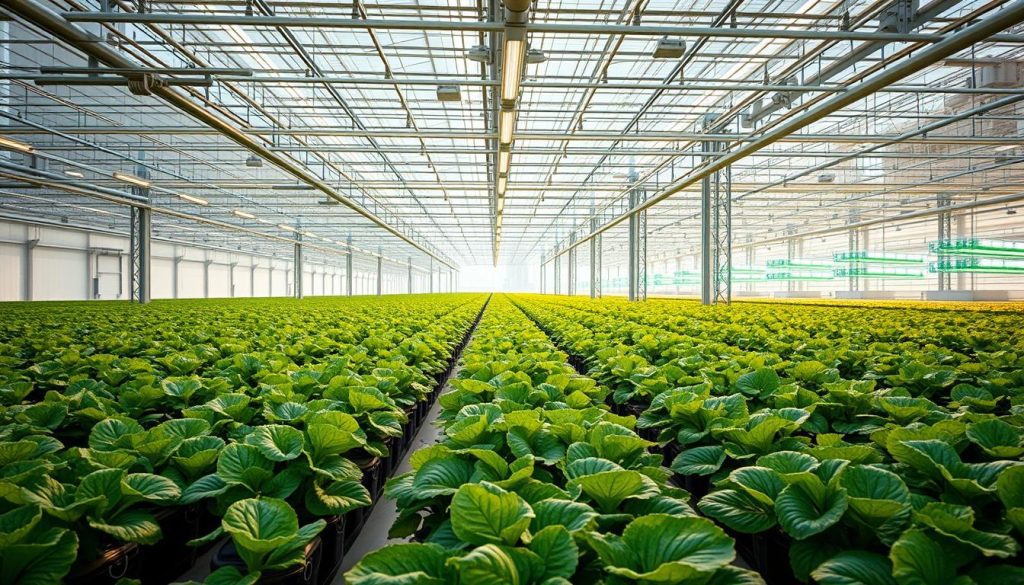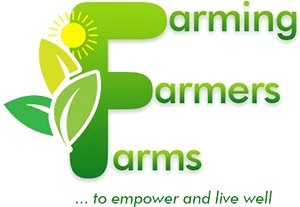Imagine growing crops in a way that boosts yields and cuts down on environmental dangers. This is what Controlled Environment Agriculture (CEA) offers. It grows plants in places like greenhouses or indoor spots, where conditions like temperature, humidity, and light are just right for them. Do you know what CEA-controlled environment area means? It is simply a groundbreaking farming method that is reshaping our views on agriculture. For more details on advertising your agricultural products on our website, please, call +2348095451987, +2348062154475, +2348039402794.
Key takeaways
Controlled environment, as agriculture involves growing plants in controlled environments, such as greenhouses or indoor facilities.
CEA optimises parameters like temperature, humidity, and light for plant growth, increasing crop yields.
Controlled environment agriculture reduces the need for pesticides, fertilizers, and water, making it a more sustainable option.
CEA is a revolutionary approach to farming that is changing the way we think about agriculture and what CEA controlled environment area refers to.
By adopting controlled-environment agriculture, we can transform the future of farming and create a more sustainable food system.
Controlled environment agriculture has the power to boost food production while lessening environmental damage.
Understanding Controlled Environment Agriculture
Controlled Environment Agriculture is a way to grow plants in a special setting. Here, climate, light, and nutrients are managed to help plants grow better. To get what CEA environmental means, we need to look at its history and main parts.
CEA has many advantages. It can make crops grow more, be of better quality, and harm the environment less. It is great for growing many types of plants, like greens, fruits, and veggies.
Definition and basic concepts
CEA uses technology to control where plants grow such as greenhouses, indoor farms, and other special places.
Historical development
The idea of CEA has been around for a long time. Early examples are greenhouses and indoor gardens. Today’s CEA uses new technology like hydroponics, aeroponics, and Light-emitting Diode (LED) lights.
Key components of CEA systems
CEA systems have a few important parts:
Climate control systems
Hydroponic or aeroponic systems
LED lighting systems
Knowing about these parts helps farmers and growers improve their crops. This makes their work more efficient and brings out the benefits of CEA.
Impact of CEA on modern farming
Controlled Environment Agriculture has changed farming by creating a controlled space for growing crops. This has made food more secure and cut down on farming’s environmental harm. The benefits of controlled environment agriculture include growing crops all year, no matter the weather outside.
Examples of controlled environment agriculture include indoor farms and greenhouses. These places use new technology to control temperature, humidity, and light. This makes crops grow better, uses less water, and cuts down on harmful chemicals.
CEA is a big change for farming, making it more sustainable and efficient. As the world’s population grows, CEA would help meet the need for more food because it is an exciting new way to farm.
Farmers using CEA can lessen their environmental impact and grow more crops. This method could change farming, making it greener and more productive. As cities grow, CEA offers a way to grow healthy food in controlled spaces.
Benefits of CEA
Year-round production: Crops can be produced, regardless of external weather conditions.
Increased food security for CEA provides a reliable source of fresh produce.
Reduced environmental footprint, as CEA minimises water consumption and use of pesticides and fertilizers.
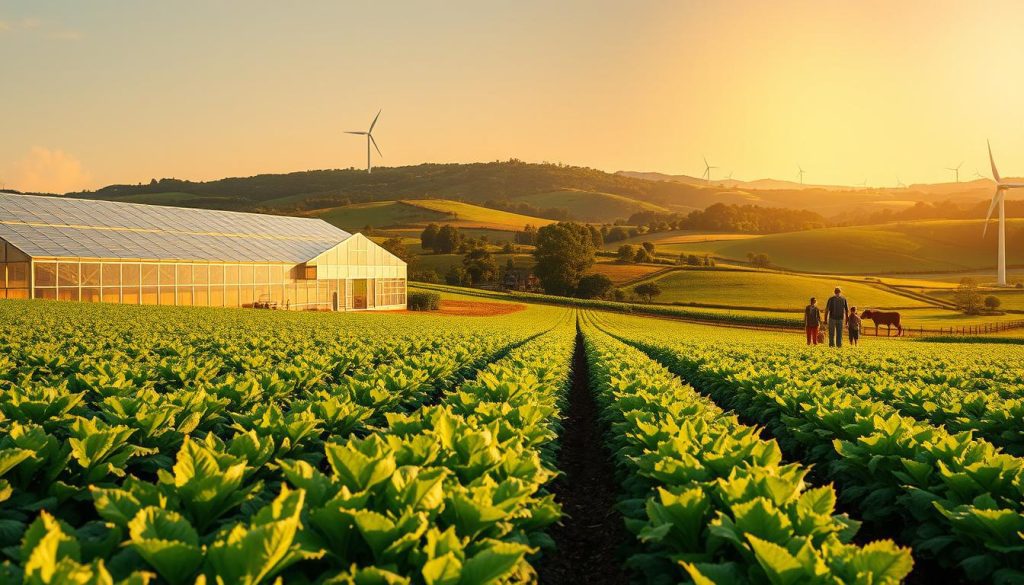
Core systems in controlled environment agriculture
Controlled Environment Agriculture uses key systems for the best plant growth and high yields. The main systems are hydroponics, aeroponics, and aquaponics. These systems give plants the nutrients, water, and oxygen they need to grow well in a controlled space.
These systems strive to provide a complete way to grow plants. Hydroponics grows plants in a nutrient-rich solution, not on soil. This makes it possible for farmers to control nutrients and water use. Aquaponics combines hydroponics with fish farming, creating a natural food system. These systems are key to CEA’s success. They help farmers control growing conditions, leading to better yields and quality crops. Knowing these systems helps farmers to choose the right one for their needs and resources, as summarised here:
System | Description | Benefits |
Hydroponics | Growing plants in a nutrient-rich solution | Precise control over nutrients, water-efficient |
Aeroponics | Misting roots with a nutrient-rich solution | Reduced water consumption, increased oxygen levels |
Aquaponics | Integrating hydroponics with aquaculture | Natural and sustainable, symbiotic relationship between plants and fish |
In conclusion, CEA’s core systems create a controlled environment for plant growth. By understanding each system’s benefits, farmers can make smart choices for their needs and increase their farm yields.
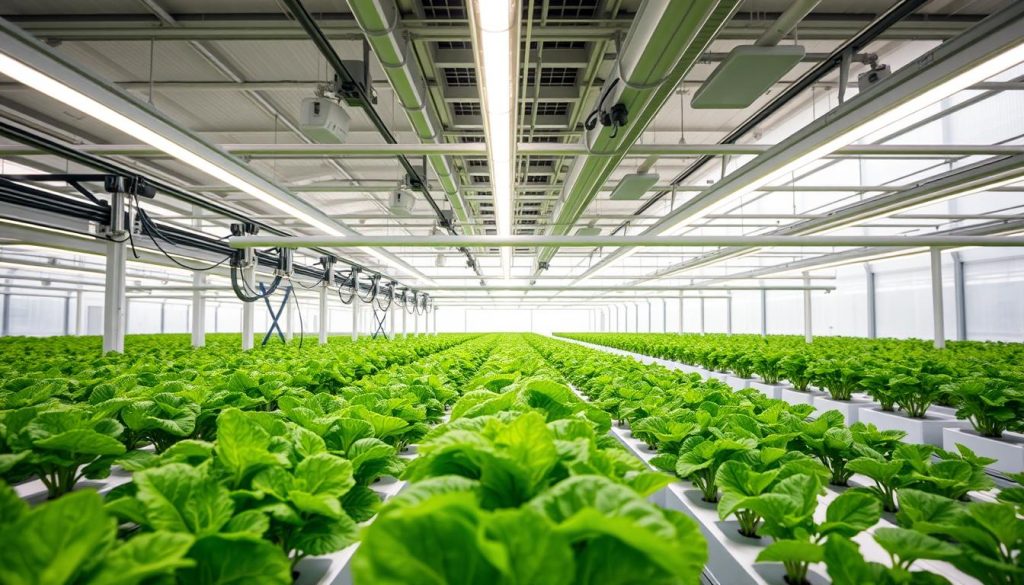
Environmental control parameters in CEA
Environmental control is key in CEA. It affects how plants grow and how much they produce. Knowing what are the operations? Some important environmental control factors in CEA are:
Temperature control by keeping the temperature between 65-75°F (18-24°C) for most plants.
Humidity control while keeping humidity at 40-60% to avoid moisture problems.
CO2 control in terms of keeping CO2 at 1,000-1,500 ppm to help plants grow.
Light control entails giving the right light for each plant.
By managing these factors, CEA can improve plant growth, use less water and energy, and increase crop yields. Good environmental control is vital for CEA success. Environmental control is the backbone of CEA, and it requires a deep understanding of the complex interactions between plants, climate, and technology. By getting better at environmental control, CEA can reach its full promise and bring about farming practice that is more sustainable, efficient, and productive.
Sustainable aspects of CEA technology
CEA brings many benefits, like sustainable farming that cuts down on environmental harm. It uses controlled spaces, so it does not need lots of land. It also saves water and cuts down on harmful chemicals. The benefits of CEA are wide-ranging, and a big plus for sustainable farming. CEA can run on green energy, making it even better for the planet by keeping our food production green and safe.
Water conservation: CEA systems use advanced hydroponics and aeroponics to minimise water waste and optimise water usage.
Reduced land use: By utilising vertical farming and controlled environments, CEA reduces the need for large tracts of land, preserving natural habitats and ecosystems.
Minimised chemical use: CEA systems rely on integrated pest management and nutrient delivery systems, reducing the need for pesticides and fertilizers.
By using CEA technology, farmers and producers can help make farming greener. They reduce their environmental impact while ensuring food security and sustainability.
Economic benefits and market opportunities
Controlled environment agriculture (CEA) brings many economic benefits and market chances. It lets farmers grow crops in a controlled space. This means that they can get more yields, cut down on waste, and make better crops. This can help farmers make more money and stay ahead in the market.
Investment requirements
Starting a CEA facility requires some amount of money. The cost to incur includes building, equipment, and workers.
Return on investment analysis
Looking into the return on investment for CEA shows big gains. It helps farmers to grow crops all year, no matter the weather. This can lead to big profits as well as:
Increased yields and reduced waste.
Improved crop quality and reduced pesticide use.
Year-round production, regardless of weather conditions.
Market demand trends
More people regularly demand for hygienic, fresh, sustainable, and local food. CEA can help farmers meet this demand and earn a good living. By knowing the benefits of CEA, farmers can make smart choices and grow their business through:
Increased yields for CEA enables farmers to increase yields and reduce waste.
Improved crop quality, as CEA improves crop quality and reduces pesticide use.
Year round production making it possible for CEA to allow for year round production, regardless of weather conditions.
Challenges and solutions in CEA implementation
Starting Controlled Environment Agriculture comes with its own set of challenges such as high costs, energy use, and needing skilled workers are big hurdles. But, there are solutions for CEA implementation to tackle these issues.
Innovative funding, energy-saving tech, and worker training are some solutions. These can lower the costs of starting CEA. For instance, LED grow lights can cut down on energy use and costs.
Technology, like automation and monitoring, can also help. These tools optimise growing conditions, cut labour costs, and boost crop yields. By using these solutions for CEA implementation, farmers can make farming more sustainable and efficient.
Therefore, understanding the challenges in CEA and using effective solutions for CEA implementation can lead to a greener, more food-secure future for farming.
Future trends and innovations in CEA
The future of CEA is bright, with new technologies set to change the game, as people want more sustainable and quality food, CEA would evolve, leading to advancements in vertical farming, LED lighting, and precision agriculture. Some key trends that would shape CEA’s future are:
More use of data analytics and Artificial Intelligence to boost crop yields and cut waste.
Development of better and greener lighting, like LED grow lights.
More use of precise farming methods, like hydroponics and aeroponics.
A bigger focus on being green and using less water and energy.
New and innovative solutions would keep coming, as the need for efficient food grows. The future of CEA is exciting, with new technology leading the way. Research is key in shaping CEA’s future. The outlook for CEA’s growth is strong, with many predicting big increases in demand. As the industry keeps innovating, more exciting developments unfold with this forecast:
Year | predicted growth rate |
2023 | 10% |
2024 | 12% |
2025 | 15% |
Conclusion
Controlled environment agriculture (CEA) is changing the way we farm. It’s a sustainable way to grow food, solving big problems like food security and environmental damage. CEA lets farmers control the growing conditions, making crops grow better, using less water and energy, and cutting down on harmful chemicals. CEA is already making a difference in cities and big farms. It boosts productivity and cuts down on pollution. As technology gets better, CEA would help feed more people and protect our planet. By using controlled environment agriculture, we can make farming better for the planet. What we need to do is to keep working on CEA to make sure farming is efficient and green. This will help us have a food-secure and sustainable future
